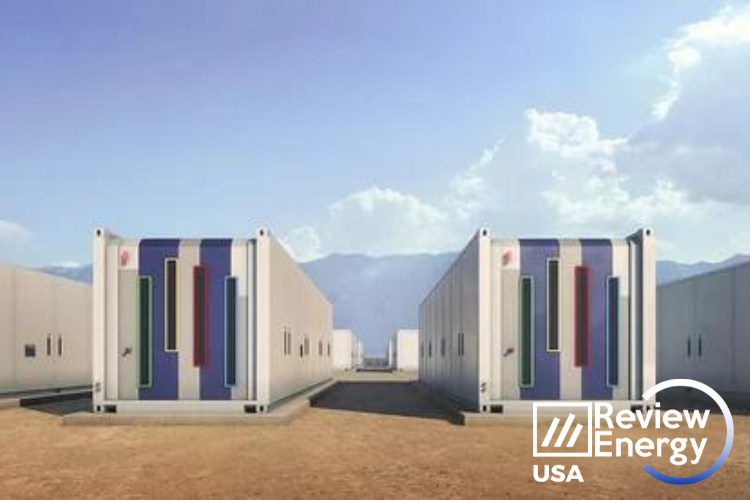
Is the US ready to tackle manufacturing barriers in energy storage?
The Solar Energy Industries Association (SEIA) published the report Energizing American Battery Storage Manufacturing, focusing on the obstacles hindering the establishment of a strong energy storage manufacturing industry in the United States. These obstacles encompass aspects such as cost competitiveness, availability of raw materials, technical proficiency, and the necessity for a substantial and diverse labor force.
According to the report, the Inflation Reduction Act (IRA) is strengthening the competitiveness of American energy storage manufacturing, but domestic production is still expected to fall short of demand as early as 2025 without strategic action.
Globally, total demand for batteries in all applications, including solar and electric vehicles, will grow from roughly 670 GWh in 2022 to over 4,000 GWh by 2030 while US demand for battery energy storage systems (BESS) is likely to increase over six-fold from 18 GWh to 119 GWh by 2030, according to the report. US manufacturing capacity for all lithium-ion battery applications is currently at 60 GWh.
The research found the biggest barrier to spurring energy storage manufacturing is the cost and availability of raw materials. While phosphorus and lithium from the United States and its trading partners are available in sufficient quantities, the availability of graphite and other processed materials, like cathode and anode active materials, could create a shortfall.
“America’s ability to lead the global clean energy transition and boost grid reliability depends on how quickly we scale domestic production and deploy battery storage technology,” said SEIA president and CEO Abigail Ross Hopper. “This report illustrates the competitive landscape of energy storage manufacturing and articulates the challenges the U.S. must address in order to reduce our reliance on battery imports and enhance energy security.”
What will the manufacturers be facing?
SEIA explains that manufacturers will face challenges like longer development times and training and recruitment to address workforce shortfalls. Production elements including siting, permitting, constructing and commissioning new factories influence how quickly domestic manufacturing can scale.
These builders must work to recruit, train, and retain a high-quality workforce, focusing on roles for machine operators, production technicians, and mining, chemical, and electrical engineers. Properly training workers to understand and execute process improvements will increase production yields.
Effective state regulations and industrial policies can provide early-stage support for mining and refining of materials to ensure manufacturers can meet demand. State economic development offices are also positioned to unleash domestic energy storage production through incentive packages that reduce upfront costs and expedite project timelines.
Hopper continued, “Smart and strategic investments across the supply chain are needed because building a domestic energy storage base is a strategic imperative for U.S. energy security.”








Comentarios
Sé el primero en comentar...